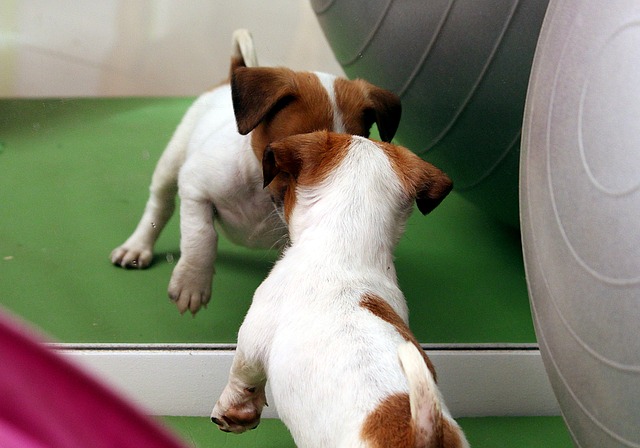The first successful dog cloning took place in 2005 when Snuppy, an Afghan Hound puppy, was created from the ear skin of a dog named Tai. The pup was named one of the most amazing “inventions” of the year by Time Magazine.
Due to differences in their reproductive process, dogs are more difficult to clone than other mammals, but the science has progressed considerably since Snuppy came into the world.
However, this remarkable technology comes at a price, one that extends beyond the $50,000 fee into ethical territory. Cloning a dog requires much more than a few living cells from the donor. In order to create Snuppy – and a second puppy created from Tai’s donor cells that died shortly after birth – 1000 embryos and 123 surrogate dogs were used, and some might say, abused.

Alexandra Horowitz, head of Columbia University’s Canine Cognition Lab and author of the 2010 book Inside of a Dog: What Dogs See, Smell, and Know told Smithsonian Magazine:
“I understand the impulse behind trying to keep your dog in perpetuity. One of the great sadnesses about living with dogs is that the time we live with them is so short. Unfortunately, you have to overlook a huge amount about the process—to say nothing about what cloning actually is—to be satisfied with the results.”
Related Post: Why Losing A Dog Can Be Even More Painful Than The Death Of A Loved One
The process of cloning involves extracting unfertilized eggs directly from the fallopian tubes of an unrelated dog. While the process does not cause permanent injury, it is quite invasive. The nucleus – which holds all the genetic material – is manually removed from the eggs in a laboratory.
One of the cultured somatic donor cells from the dog being cloned is then inserted into the “blank slate” eggs, replacing the genetic material with that of the donor. An “electric burst” is applied to the new embryos to fuse the material together and jumpstart cell division.
After a few days, any successful embryos are surgically implanted into yet another dog – the surrogate mother. These dogs are treated with hormones and sometimes made to “mate” with vasectomized male dogs to help induce their bodies into behaving the way they would with a natural pregnancy. Successful surrogate dog moms often go on to carry other cloned pregnancies.

In order to increase the chances of creating a surviving clone, several surrogates are inseminated. In the case of Tai, 1,000 embryos were implanted into 123 dogs with only two live births resulting. One puppy died from pneumonia days after birth and the other was Snuppy, who lived for 10 years before succumbing to the same cancer that killed Tai at age 12.
The success rate has increased to about 20%, but animal advocates argue that the ethical price is still too high. Bioethicist Jessica Pierce wrote in the New York Times that the cloning industry has produced “a whole canine underclass that remains largely invisible to us but whose bodies serve as a biological substrate.”
Cloning scientists argue that the process can be used for more than just recreating the beloved pets of bereaved owners. For example, cloning can be used to create many genetically identical dogs for research or to preserve rare and desirable traits in extraordinary service dogs.

Perhaps the most questionable aspect of cloning ethics is the way in which these dogs are marketed to vulnerable pet parents. Due to centuries of selectively breeding dogs for specific traits, many people have the misconception that genetic makeup is the only important factor in determining their personalities.
“In a way, cloning companies are preying on this ignorance, if you will, about what’s actually going on scientifically,” Pierce says. “And that’s unfortunate. Unethical.”
Even company names like “PerPETuate, Inc.” suggest a supernatural ability to keep a beloved pet alive forever. In reality, a clone is simply a genetic replica, not our actual pet.
“There might be some breed tendencies, and there certainly are tendencies that a genome will avail that makes a cloned dog maybe likelier than some other non-genetically similar dog to do a kind of thing,” Horowitz says. “But everything that matters to us about the personality of a dog is not in those genes. Everything is in the interaction of that genome with the environment, starting from the time they’re in utero—just as with humans.”

In reality, dogs are shaped by their genetics and their experiences. Since we can never hope to recreate the exact set of circumstances that produced our beloved pets, a “clone” may give us nothing more than a similar-looking dog.
Even Barbara Streisand, who announced last month that two of her three dogs were cloned from cells taken from her Coton de Tulear, Samantha who died last May, admits as much.
“Each puppy is unique and has her own personality,” Streisand writes in the New York Times. “You can clone the look of a dog, but you can’t clone the soul.”
H/T to Smithsonian.com
